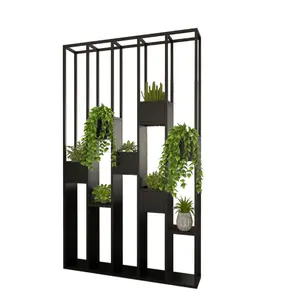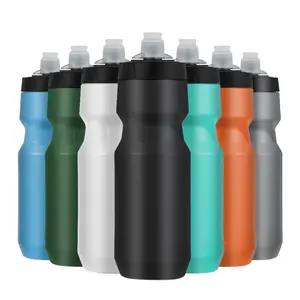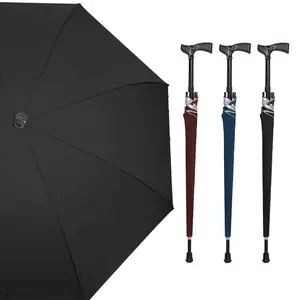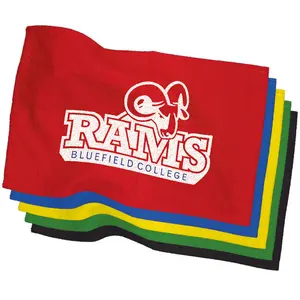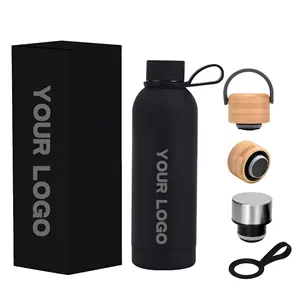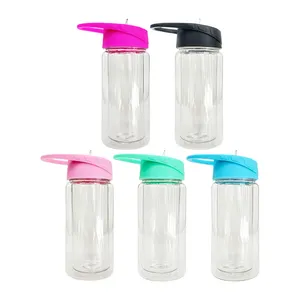Popular in your industry







































































Related Searches:















































































































Top categories
About 1020 propagation tray
Understanding the 1020 Propagation Tray
The 1020 propagation tray is a staple in the horticulture industry, designed to facilitate the early stages of plant growth. This category encompasses a range of trays primarily used for nurturing young plants from seeds or cuttings. The dimensions of these trays are standardized, making them a versatile choice for professional and amateur gardeners alike.
Types and Materials
Propagation trays come in various materials, with the most common being polystyrene (PS), polyethylene terephthalate (PET), and polypropylene (PP). Each material offers distinct benefits, from durability to environmental impact. The choice of material can influence the tray's longevity, recyclability, and suitability for different plant types.
Design Features and Applications
The design of a 1020 propagation tray often includes features such as drainage holes and ridges to manage water flow and encourage root growth. These trays are not only used for seed starting but also for cloning plants through cuttings. Their use spans across various settings, from greenhouses to indoor grow rooms, reflecting their adaptability to different growing environments.
Environmental Considerations
In an era where sustainability is paramount, the environmental impact of propagation trays is a significant consideration. Options include biodegradable trays or those made from recycled materials, catering to those seeking eco-friendly solutions. The durability of a tray also plays a role in its environmental footprint, as longer-lasting trays reduce the need for frequent replacement.
Advantages of Using 1020 Propagation Trays
Utilizing a 1020 propagation tray offers several advantages, such as efficient space utilization and the ability to manage numerous plants simultaneously. These trays are designed to support the early growth phase, providing a controlled environment for seedlings and cuttings to thrive. The uniformity of tray sizes also allows for compatibility with other gardening equipment, such as domes and heat mats.
Choosing the Right Tray for Your Needs
Selecting the appropriate 1020 propagation tray involves considering factors such as the type of plants being cultivated, the growing medium, and the specific requirements of the growth stage. While some trays are better suited for hydroponic systems, others are designed for soil-based cultivation. Understanding these nuances ensures that the chosen tray optimally supports plant development.
